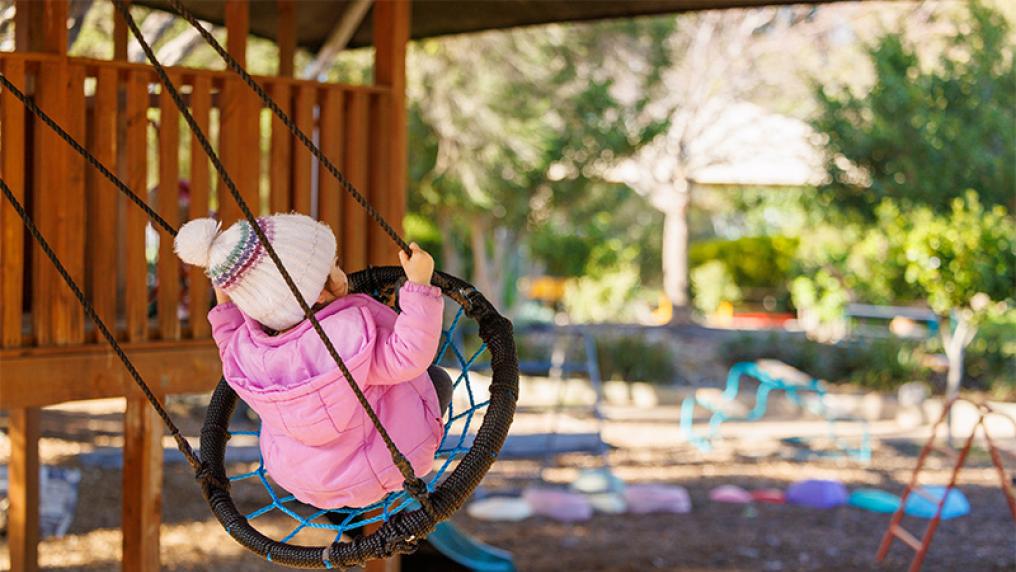Childcare deserts: where you live matters

A world-first study by Victoria University’s Mitchell Institute has found that about 24 per cent of Australia’s population live in areas classified as ‘childcare deserts’ – where there are more than three children per childcare place.
It also found about 700,000 Australians live in areas with virtually no access to childcare at all.
It’s part of a massive international study that mapped childcare accessibility across nine nations and for more than 10 million children. It also examined which approaches lead to better and fairer access for families. It follows the 2022 Deserts and Oases: How accessible is childcare in Australia report.
Mitchell Institute Director and lead author, Associate Professor Peter Hurley, said the world-first global tracking of childcare access provides vitally important information.
“We know that high-quality accessible childcare has huge benefits, for both workforce participation and helping young children to thrive. Governments around the world are committing billions of dollars, pounds and euros to increase the supply of childcare, without much understanding of the best way to do it," Associate Professor Hurley said.
For the first time, we can see the impact of different government policies and how nations compare. The results will affect the lives of millions of families around the world.
The International childcare report: Mapping the deserts (PDF, 1.87 MB), found that when it comes to accessing childcare, where you live matters. More affluent neighbourhoods have the best access to childcare. These are the neighbourhoods that also have higher childcare fees, showing providers are attracted to areas where they can charge more.
But not all nations followed this pattern - Sweden and Norway enjoyed some of the greatest and fairest access, regardless of affluence levels. However, in France, England, Wales, and Australia, it required greater government involvement in the funding and location of childcare equivalent to that of the primary school system to ensure better access in more disadvantaged areas.
In terms of best to worst childcare accessibility, Australia ranked fourth out of the nine nations that formed the study.
The report also showed the number of childcare places in Australia increased by about 70,000 between 2020 and 2024. But even with this increase, lots of neighbourhoods in Australia continue to miss out.
The report confirms universal childcare in Australia won’t happen without substantial changes to the current system.
"Childcare affects us all and making sure that our system is working the best way it can is critically important." Associate Professor Hurley said.
This research fills massive gaps in our understanding and is an important step in ensuring nations can learn from each other so that all families can access childcare when they need it.
Media assets
The interactive maps below have been created for media outlets to embed into online stories referencing Victoria University's childcare deserts research. Feel free to use them with appropriate credit by clicking on the 'embed' link at the bottom of each map.



